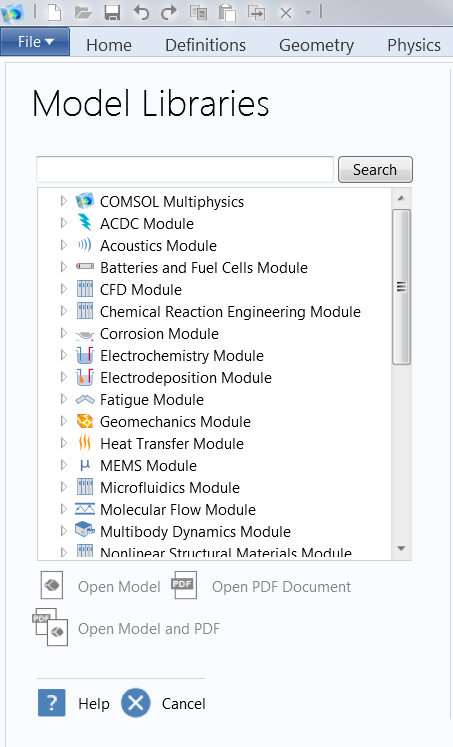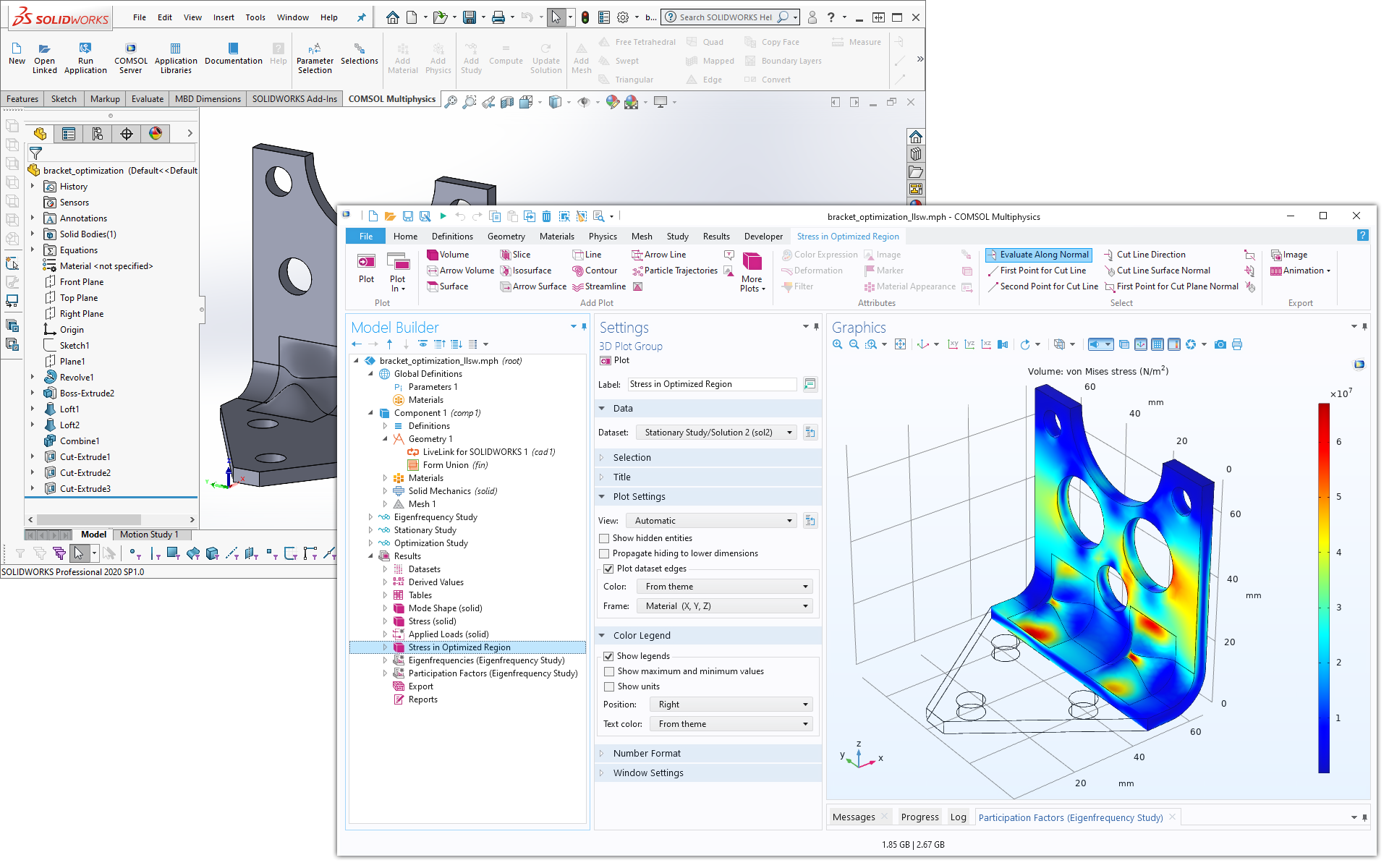


- #Comsol multiphysics tutorial francais how to#
- #Comsol multiphysics tutorial francais software#
- #Comsol multiphysics tutorial francais series#
#Comsol multiphysics tutorial francais series#
This part of the series builds on the previous two tutorials, which show that there is a weak coupling between the inductive and capacitive parts of the cable. Total Accumulated Charging Current at Ground Point/Intersection The Bonding Capacitive tutorial analyzes the current buildup for different bonding types as well as the corresponding losses. The charging currents that leak into the screen build up along the cable and reach a maximum at the ground point, or intersection. Right: The norm of the resulting charging current accumulated along the cable (for cross bonding). Left: The 2D axisymmetric geometry of an isolated phase with three separate bonding sections and a different scale for transverse and longitudinal directions.
#Comsol multiphysics tutorial francais how to#
It shows you how to perform basic tasks, such as:įeel free to skip ahead if you feel these topics are old hat to you. This primer allows you to get acquainted with the user-friendly desktop environment of the COMSOL Multiphysics® software, and with numerical modeling in general. Licensed under CC BY-SA 3.0, via Wikimedia Commons. You’ll also get a detailed overview on what to expect in the other seven parts of the series.Ī submarine cable similar to the one modeled throughout this series. Part 1 of the tutorial series is where you meet the model - a three-core lead-sheathed XLPE HVAC (cross-linked polyethylene, high-voltage alternating current) submarine cable with a twisted magnetic armor. The beginning is a very good place to start, as most would say. Part 1: Introducing the Basics and Fundamentals of Cable Modeling The 3D twist models (Part 7 and 8) are discussed in another blog post: Using 3D Models to Investigate Inductive Effects in a Submarine Cable. Note that the models discussed in this blog post are 2D only (Part 1 to 6 of the series). It has since been updated to reflect the updated tutorial series. Keep reading for a sneak peek of what you’ll learn when you roll up your sleeves and start the series.Įditor’s note: This blog post was originally published on December 29, 2017. The numerical model is based on standard cable designs and validated by reported figures.
#Comsol multiphysics tutorial francais software#
The Cable Tutorial Series shows how to model an industrial-scale cable in the COMSOL Multiphysics® software and add-on AC/DC Module, and also serves as an introduction to modeling electromagnetic phenomena in general. Want a roadmap to modeling cables? We have an eight-part tutorial series for you.


 0 kommentar(er)
0 kommentar(er)
